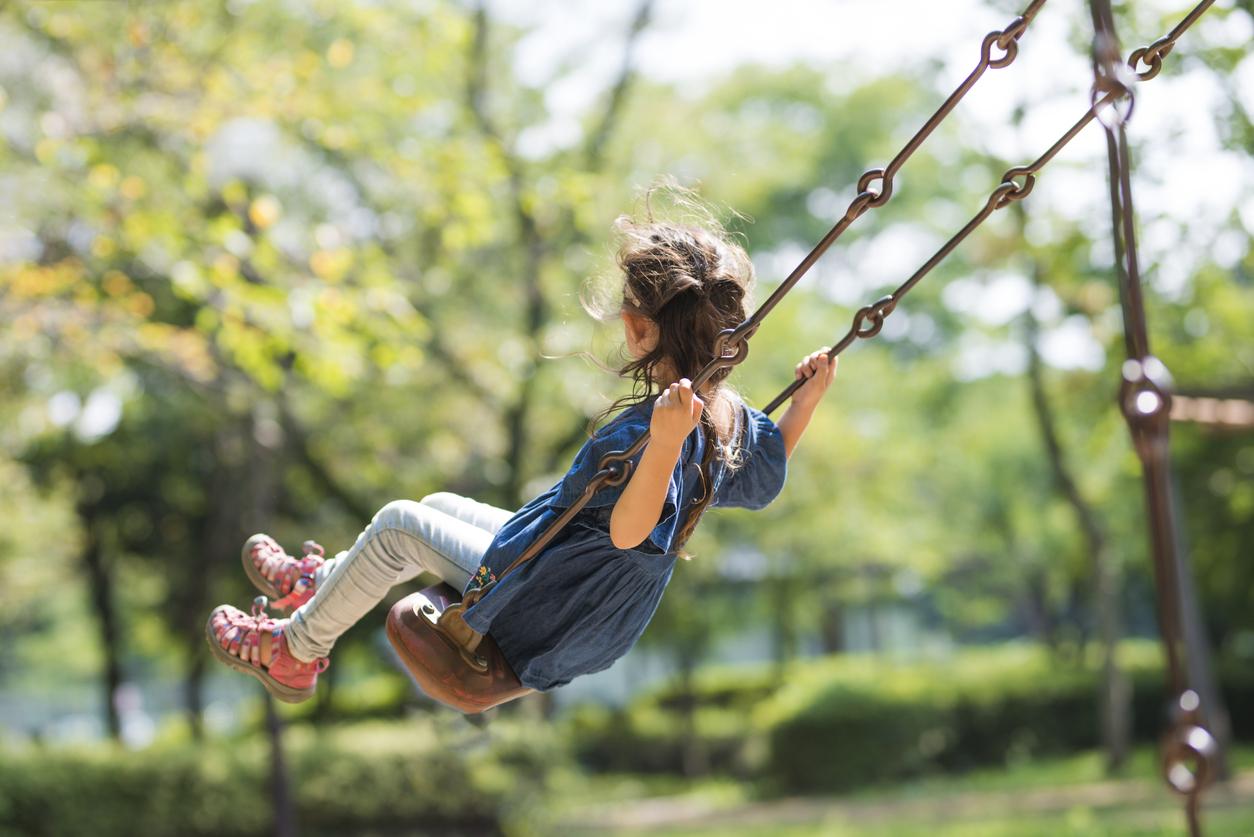Children exposed to tree and weed pollen in urban areas are at increased risk of respiratory health problems, including asthma.

- Exposure to pollen from trees and weeds in the city can contribute to the development of asthma in children.
- With increased exposure to weed pollen, the protective effect of the tree canopy disappears.
- “It will be important to consider tree species that minimize allergy-causing pollen in the air,” the Canadian researchers said.
Having green spaces around your home helps reduce exposure to air pollution, allows children to be active, provides positive contact with a diverse microbiota and can even prevent the risk of developing asthma in children. However, this protective effect can be reduced when exposure to weed and tree pollen increases. This is what researchers from the University of Ottawa (Canada) recently revealed.
Estimates of vegetation cover within a 250-meter radius of the child’s zip code
To reach this conclusion, they conducted a study published in the journal European Respiratory Journal. For the research, the team recruited children born between April 1, 2006, and March 31, 2014, in Toronto. They linked their data to their mothers’ information through a perinatal registry called the Better Outcomes Registry and Network (BORN) Ontario. These were reviewed over an eight-year period to identify cases of childhood asthma between birth and age six.
After entering the mother’s residential address, the scientists measured environmental exposure using the Normalized Difference Vegetation Index and estimates of vegetation cover within a 250-meter radius of the child’s ZIP code at birth. They also controlled for factors such as exposure to ambient air pollution during pregnancy, maternal age at delivery, child sex, breastfeeding, smoking during pregnancy, maternal asthma, year of birth, season of birth (summer, spring, winter, or fall), and socioeconomic status.

Asthma: increased risk in children exposed to tree and weed pollen
Just over 13% of the 214,000 mother-child pairs included in the study were diagnosed with childhood asthma. The results showed that the development of green spaces in urban areas increased exposure to pollen and reduced the protection offered by green spaces. Exposure to pollen from trees and weeds in urban areas was linked to an increased risk of asthma, the authors found. “We found that tree canopy has a protective effect on the development of asthma in children. However, this protective effect disappears with increased exposure to weed pollen,” has explained Eric Lavignelead author of the study.
Given the increased emphasis on increasing urban vegetation, scientists say people should be aware of the impact that trees can have on cities, including the impact of pollen on children’s respiratory health, particularly if it increases the risk of asthma. “This could have an impact on urban planners and health authorities working to redevelop our urban centres. In addition to weed pollen control programmes and the decision to plant specific trees, it will be important to consider tree species that minimise allergy-causing pollen in the air,” concluded Eric Lavigne.
















